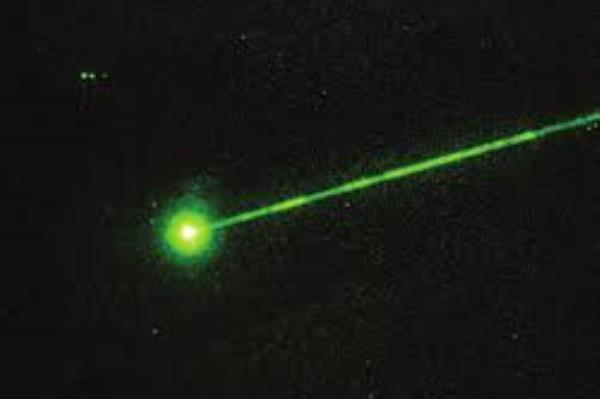“Other nations are preparing to use space as a battlefield, a big battlefield, and we’d better be ready to fight there,”

Air Force Chief of Staff Gen. Mark Welsh said the U.S. Air Force needs to be ready to engage in space combat.
“Other nations are preparing to use space as a battlefield, a big battlefield, and we’d better be ready to fight there,” Welsh said last week in Arlington, Virginia. “We don’t want to fight there but we better be ready for it because other people clearly are posturing themselves to be able to do that.”
Welsh, who will be retiring on July 1 after just over 40 years of service, made his comments Thursday morning in Arlington, Virginia, at an Air Force Association breakfast.
His comment about space as a battlefield came in the context of what the U.S. needs to be able to do to win future fights.
One of the absolutes in modern warfare, he said, is firepower – “more of it, more quickly and more precisely.” And the Air Force needs to have that not only in the air domain but in cyber and space domains.
Welsh credited Air Force Space Command with taking the lead “in at least thinking about the space domain as a warfighting domain.”
But Space Command has been thinking about space warfare for quite some time.
In the 1990s, Air Force Gen. Joseph Ashy, then head of Space Command, told lawmakers that space would become a battleground, according to Air Force Maj. William L. Spacy II, who quoted Ashy in “Does the United States Need Space-Based Weapons?”
“Some people don’t want to hear this, and it sure isn’t in vogue … but — absolutely — we’re going to fight in space. We’re going to fight from space and we’re going to fight into space,” Ashy said.
A 1967 Outer Space Treaty stipulates that space is to be used for peaceful purposes. Just what that means has never been defined, though the 1945 U.N. Charter defined “peaceful purposes” to include the inherent right of self-defense, Spacy wrote.
That freed up space-pioneering countries including the Soviet Union and the U.S. to place military communications and early-warning system satellites into space. But both also went farther than that, developing and testing – but never deploying – anti-satellite weapons before and after the 1967 treaty was adopted.
But in recent years the idea of space engagements has grown more real as both China and the U.S. successfully demonstrated the capability to take out a satellite with a weapon.
China destroyed one of its own weather satellites with an anti-satellite weapon in 2007. A year later the U.S. took down one of its own damaged satellites using a SM-3 missile fired from the USS Lake Erie.

































Leave a Comment
You must be logged in to post a comment.